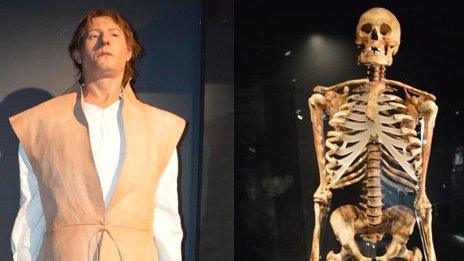Mary Rose: Diver and archaeologist Christopher Dobbs retires
- Published
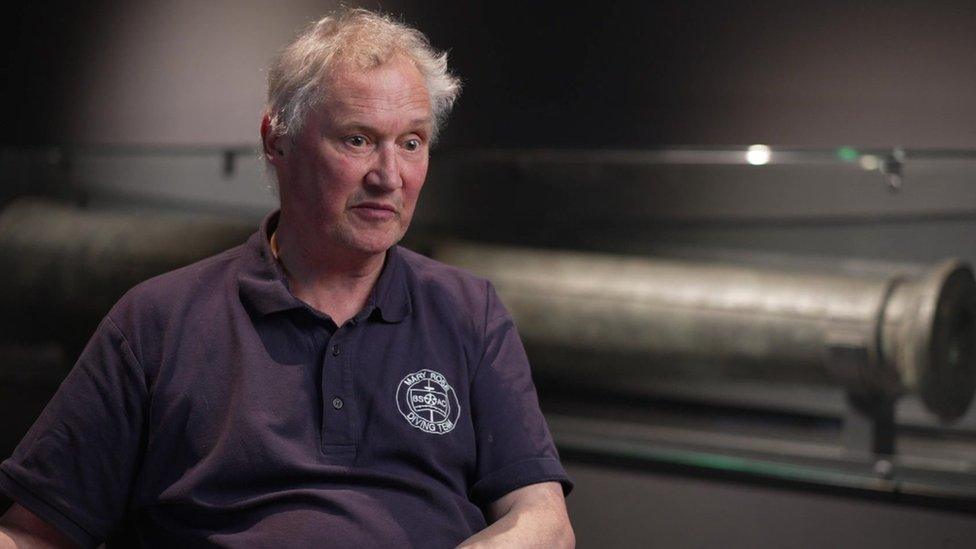
Christopher Dobbs is retiring as head of interpretation at the Mary Rose Museum
On 11 October 1982, Christopher Dobbs had a unique perspective on one of the most significant events in maritime history - the raising of the Mary Rose.
While millions watched on TV, the marine archaeologist was under the Solent as Henry VIII's flagship slowly moved past him through the murky waters on its way to the surface for the first time in 437 years.
He is now retiring as head of interpretation at the Mary Rose Museum, marking the end of a 44-year association with the wreck.
The warship famously sank in 1545 while leading an attack on a French invasion fleet, with Henry VIII looking on from nearby Southsea Castle.
It is thought about 500 soldiers and sailors perished when the ship went down.
The wreck was raised in October 1982, 11 years after it was discovered on the Solent seabed
Mr Dobbs was among the early teams of divers who salvaged items from the wreck site after it was discovered, about 40ft (12m) down, on the seabed in 1971.
"That was an amazing experience - on every dive we were coming across objects no-one in the world had seen before," he said.
Mr Dobbs guided the then Prince of Wales on several dives to the wreck as the future king championed the massive archaeological and engineering project which culminated in its raising in 1982.
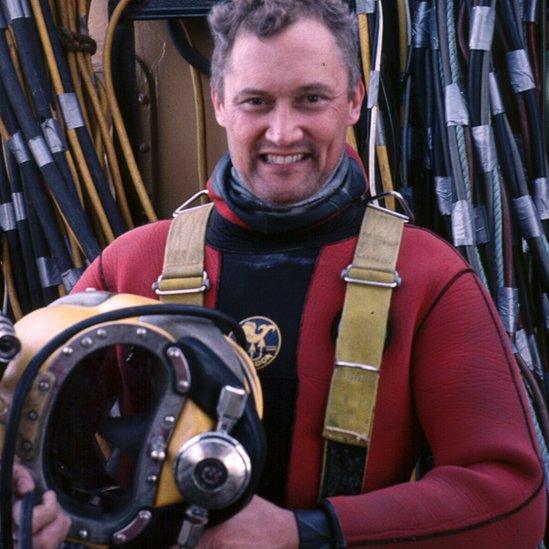
Christopher Dobbs was underwater when Henry VIII's flagship was brought to the surface
He recalled the "incredible buzz of excitement and anticipation" on the day as he worked underwater with the lifting bags designed to cushion the fragile hull.
"I can't really describe what it was like when it broke the surface - I was safely cocooned underwater.
"It was nice and quiet, but when I saw the TV pictures there were champagne corks popping and guns firing from Southsea Castle.
"It was amazing to see the Mary Rose lift up from the seabed and move towards the surface, but it was only done through the combination of so many different teams.
"It was touch and go but the great thing was we achieved it."

The Prince of Wales made several dives to the wreck site
The timbers were taken to an atmospherically controlled dry dock where they were sprayed with a mist of cold water, then water-soluble wax, before an air-drying process began.
Telling the story of a "Tudor time capsule" with its artefacts including weapons and personal possessions of the crew, has been Mr Dobb's life's work since the raising.
"It was a Portsmouth ship - it was built here and sailed from here during her lifetime. It was part of the Portsmouth culture.
"Although it has international significance, it's also important as a Portsmouth story," he said.
Now housed in a £39m purpose-built museum in Portsmouth Historic Dockyard, visitors are able to view it though floor-to-ceiling windows and walk along a balcony entered through an airlock.

The warship is visible from all nine galleries of the Mary Rose Museum
Dr Alexzandra Hildred of the Mary Rose Trust paid tribute to Mr Dobbs' knowledge of the artefacts and their handling as "second to none".
"All the volunteers - both in the museum and the 500 volunteer divers say it's the way he treated and taught them, that he imparted his knowledge about the Mary Rose.
"His contribution to the displays in the museum have to be applauded. What he put into the design of the museum has made it more accessible and available."
As well as carrying out regular dives to check the condition of the wreck site, Mr Dobbs also worked with Unesco and other international organisations protecting shipwreck sites around the world.
One of the Mary Rose Museum's latest innovations is a 4D simulation of diving on the wreck site, narrated by Mr Dobbs.
"I've been so privileged - can you imagine a better job if you are both an archaeologist and a diver than to work on a project like the Mary Rose and then share that with the wider world?," he said.

Mary Rose - Timeline
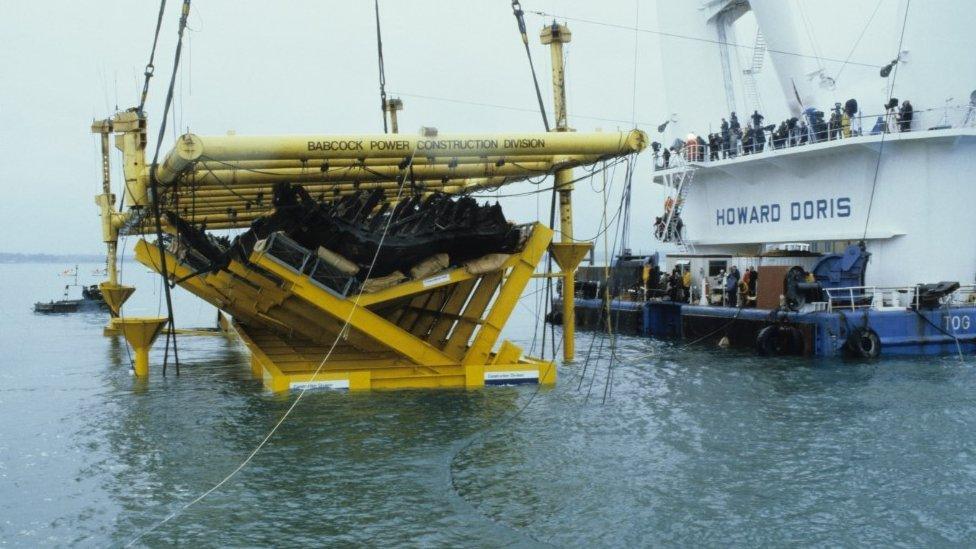
The Mary Rose was the flagship of King Henry VIII
1510 - The ship is ordered by the newly crowned King Henry VIII and construction begins in Portsmouth. It is launched in 1511.
1545 - On 19 July, at the Battle of the Solent, the ship sinks while leading the attack on the French invasion fleet.
1549 - 1836 - After expert Venetian salvors make unsuccessful attempts to raise the wreck, the ship lies undisturbed for almost 300 years.
1836 - Early pioneering divers, John and Charles Deane, discover the wreck site and raise guns using explosives. They later lose its location.
1965 - A new search for the wreck begins.
1971 - Divers see the first exposed timbers and the site is identified as the Mary Rose.
1979 - 1982 - The ship's contents are excavated by divers and more than 19,000 artefacts are brought to the surface.
1982 - The wreck of the hull is raised. The event is watched live on television by an estimated 60 million people worldwide.
2013 - A £35m Mary Rose Museum opens in Portsmouth.
2016 - Museum visitors finally get an unobstructed view of the wreck.

Follow BBC South on Facebook, external, Twitter, external, or Instagram, external. Send your story ideas to south.newsonline@bbc.co.uk, external.
Related topics
- Published11 October 2022
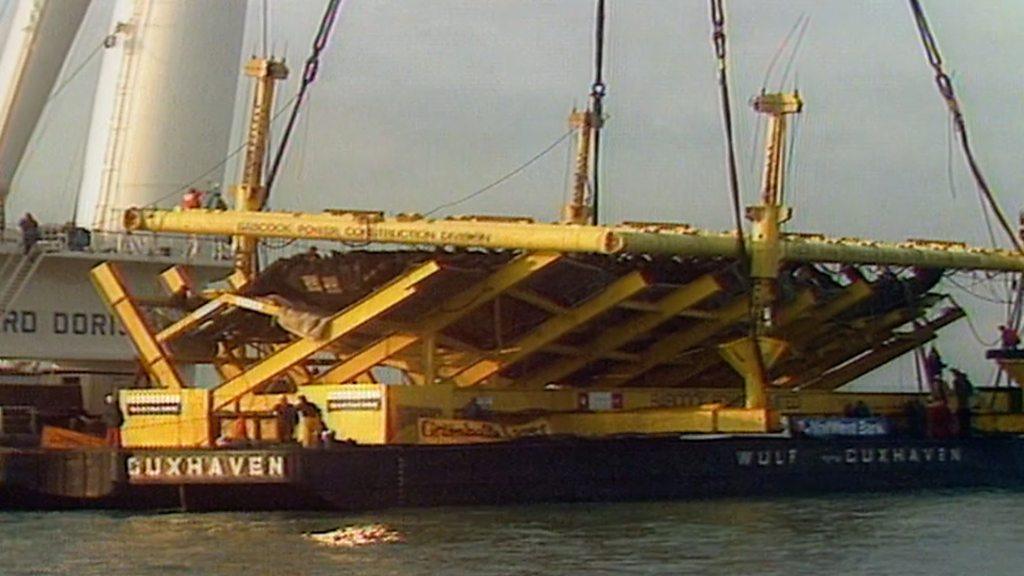
- Published5 May 2021
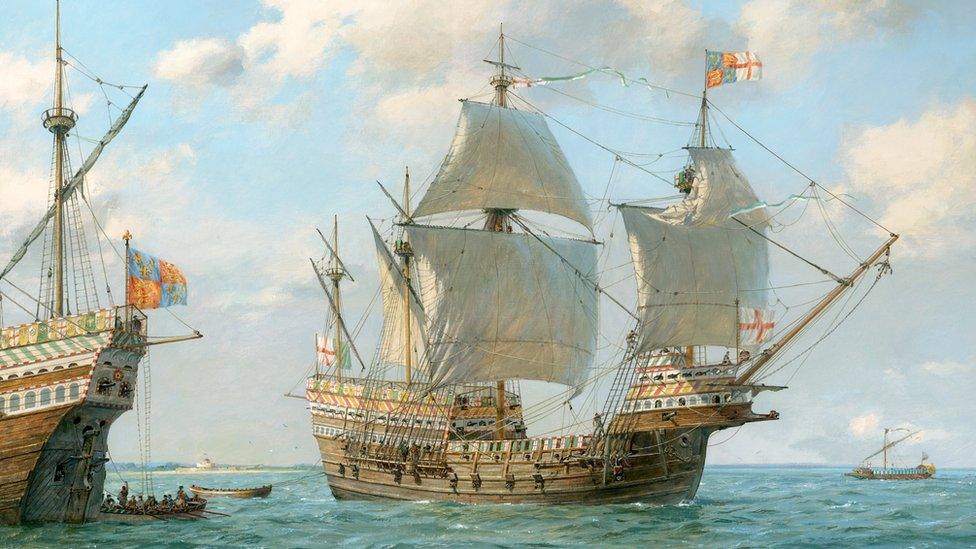
- Published19 July 2016
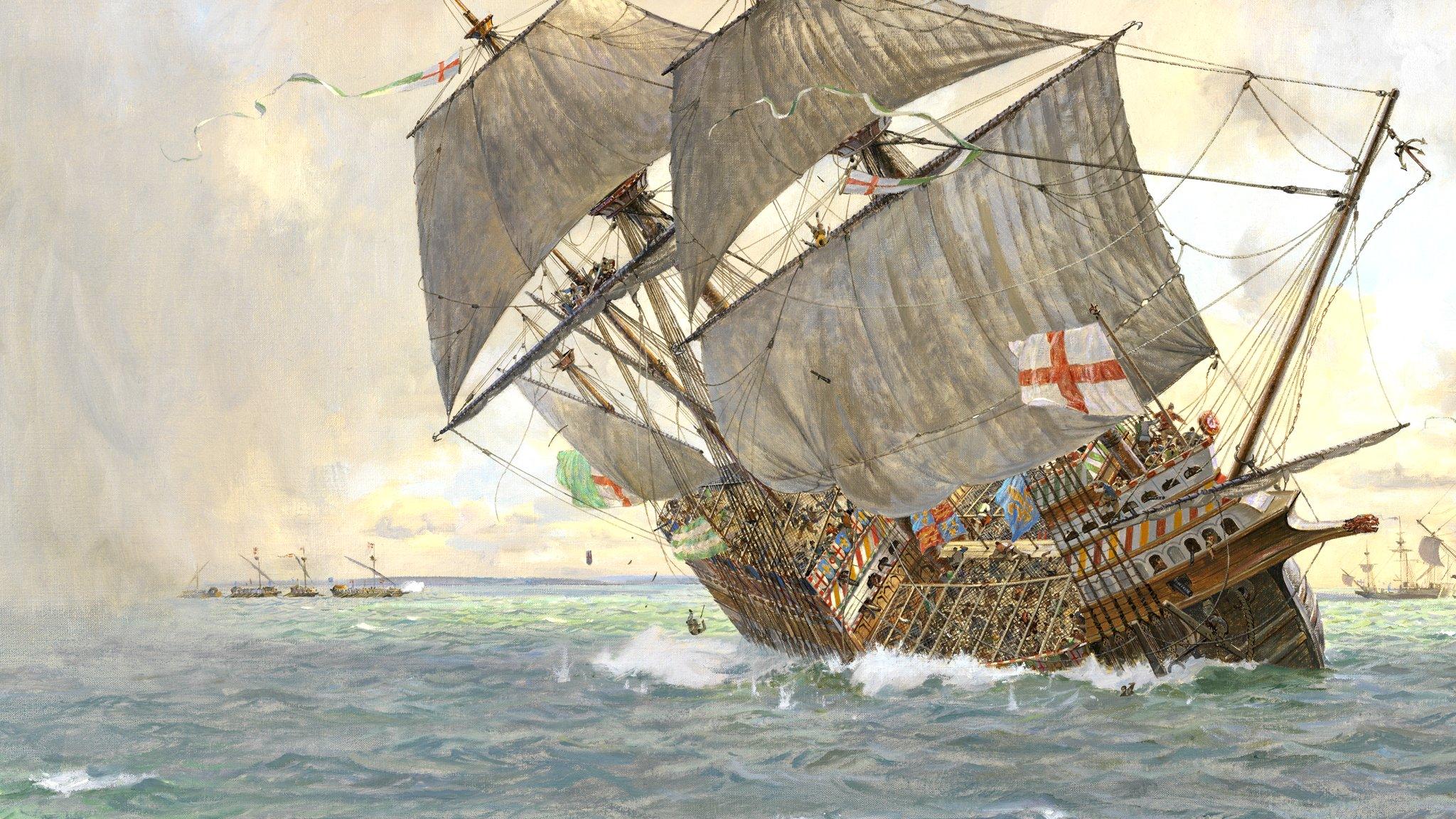
- Published11 April 2015

- Published16 December 2014
